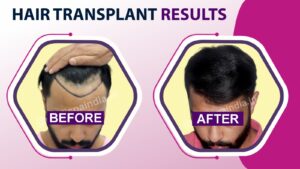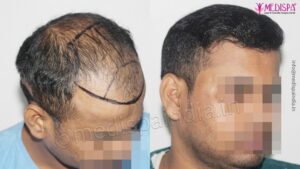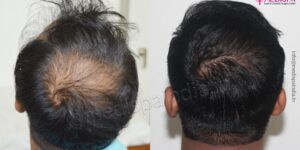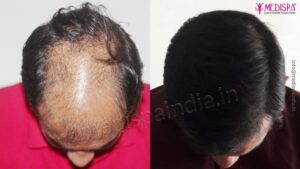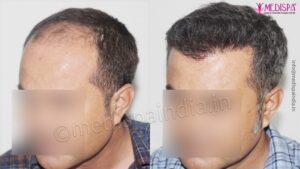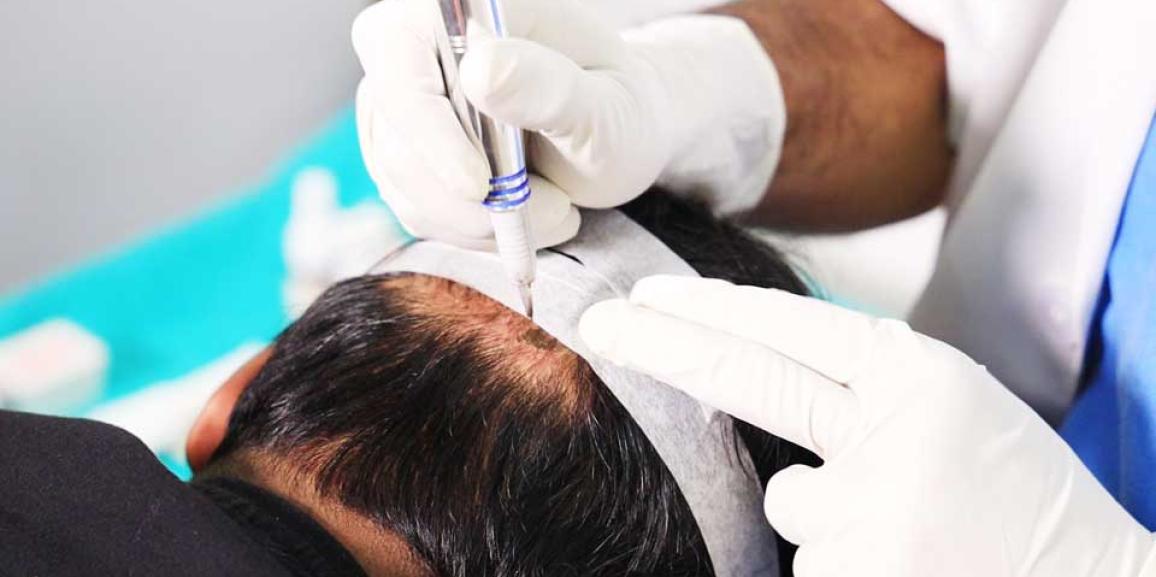
The adage “partial knowledge is worse than no information about something” is absolutely true. Myths have the same effect as weakened decision-making capacity. Because of these widespread misunderstandings, many people who suffer from hair loss decide against getting a hair transplant. It is therefore vital to avoid falling for these lies in order to preserve your one and only opportunity to regrow hair on your bald head forever. The best and most effective treatment for hair loss is hair transplantation, which provides long-lasting and realistic results.
Hair transplant in Jaipur is becoming more and more popular as people who suffer from hair loss around the world now favour the pink city for their procedure. The Jaipur city is known for having some of the best hair transplant doctors in the world, and both domestic and foreign patients, including celebrities, contact them. Additionally, the hair transplant cost in Jaipur is extremely reasonable despite the fact that several internationally known surgeons practise there.
One of the top hair transplant cities in India is Jaipur, where Medispa has a large patient base from all over the world. We have reached the top because to our high international standards, first-rate facilities, and successful hair transplant procedures. The best hair transplant results are provided by Dr. Suneet Soni and our highly skilled team in the most comfortable setting possible. Dr. Suneet Soni is renowned throughout the world for his exceptional surgical abilities and superior artistic abilities.
It’s critical, according to Dr. Suneet Soni, to dispel some myths that might be holding you back from getting a hair transplant. Consequently, a few fairly widespread fallacies about hair transplants are described below.
Here are some hair transplant myths debunked:
- Hair transplants can only be done on men: Due to the widespread use of the phrase “male pattern baldness,” many individuals have the misconception that hair transplants can only be done on men. But in actuality, both men and women can develop androgenic alopecia. Both men and women can have hair transplants with either technique using the same procedure.
- Hair transplant surgery could stop additional hair loss: During the process, hair follicles are moved from the donor location to the recipient area. This method aims to regrow hair in the bald area, but it is unable to stop the spread of hair loss to other parts of the scalp.
- Hair transplants instantly regrow hair on bald scalps: The transplanted hairs follow the same cycle of growth as naturally occurring hair. The initial losing of all newly transplanted hair occurs after hair growth, and it takes about 6 to 8 months before new hairs are visible on the scalp. After a hair transplant, the best growth is visible between 9 and 12 months.
- Older adults should not have hair transplants: The ideal hair transplant relies solely on the availability of hair from donors and is age-independent. Anyone, regardless of age, may benefit from this treatment if the patient is a good candidate for hair transplants and the donor supply is sufficient.
- A hair transplant is a process in which artificial or human hair is planted: Hair transplantation consists mainly of replacing your own hairs from one site to another. Artificial hairs or hair from someone else are not involved. Our immune system would prevent rejection if someone else’s hair were stolen from them, unless immunosuppresants were provided. Only major organ transplants and not hair transplants are permitted by the FDA to use immunosuppressants.
- Hair transplants can restore lost hairs: They are purely restorative procedures and not regenerative in nature. It can use hair from other areas of your body or another region of your scalp to cover your bald spot. Nothing has been able to restore lost hair follicles up until now. I’m hoping for the day when technology will allow us to accomplish this as well, but for the time being, it’s just a myth.
- Hair transplantation is risky and has negative consequences on your head and brain: People considering hair transplantation are frequently advised against having it done because of the widespread misconception that doing so will have a negative impact on their head and brain. The good news is that our scalp has five thick layers, and a hair transplant only involves the topmost layer, making it extremely safe when carried out by trained and skilled doctors. Following a hair transplant, there are just a few small problems that can be readily handled, such as scalp itching, moderate swelling, and minimal pain.
- Getting a hair transplant hurts: This myth has been perpetuated despite the fact that every transplant treatment, including hair transplant, is carried out under anaesthesia. Yes, there may be some discomfort following the treatment for a few days, but this will undoubtedly be manageable. People may actually start working again the following day.
- Hair transplant would seem unnatural and like a wig: This is a very debatable misconception that may or may not be accurate. Ideally, it is the inexperienced surgeons rather than the process that is at blame. People who choose skilled, experienced, and expert surgeons always encounter natural results; however, the outcomes provided by technicians or surgeons with less experience could be risky. Choosing the appropriate surgeon and clinic for your hair transplant is so crucial.


